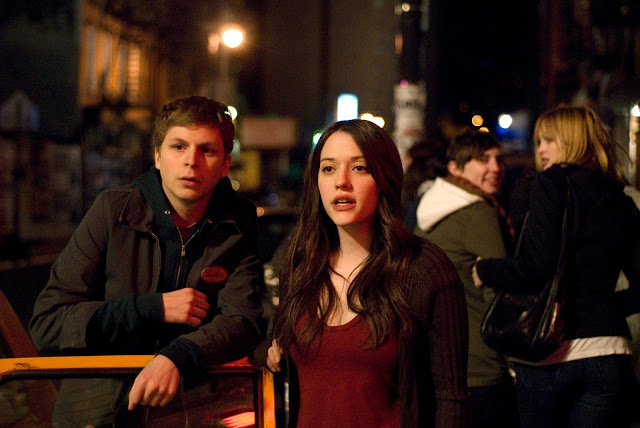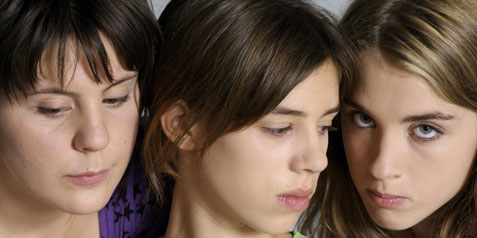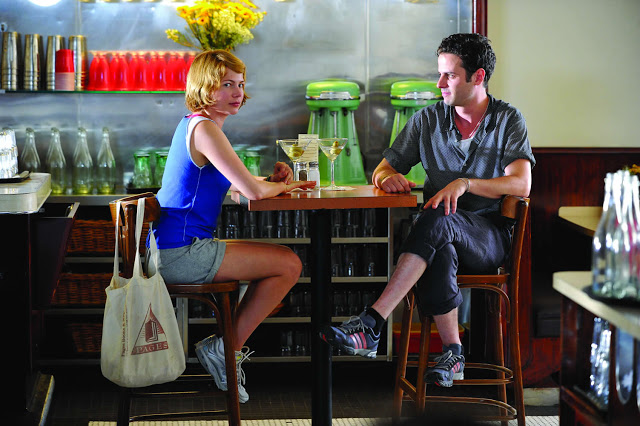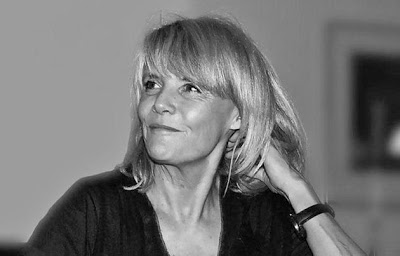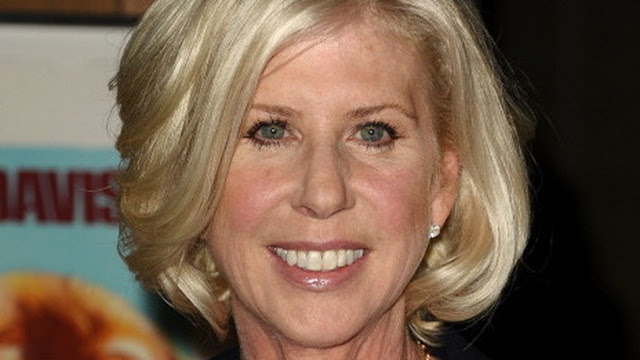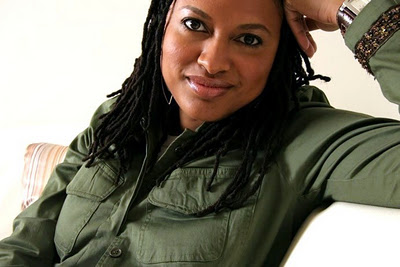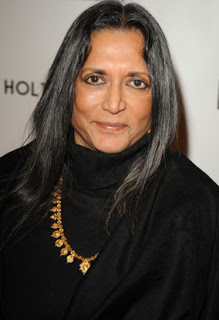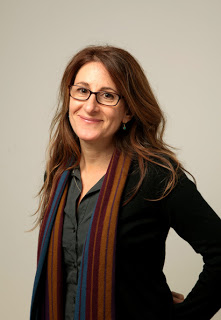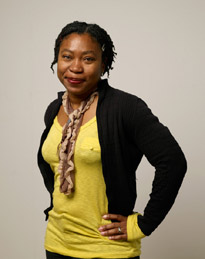 |
| Michael Cera and Kat Dennings in Nick and Norah’s Infinite Playlist |
 |
| Steve Carell and Keira Knightley in Seeking a Friend for the End of the World |
And, for the first part of the film, that exploration is funny and tender. Dodge (Steve Carell) is a middle-aged insurance man who was left by his wife as the announcement that the end was nigh came over the radio waves. (As in: his wife [played by Carell’s actual wife, Nancy Carell] full-on bolts out the car door after the announcement finishes.)
Dodge’s life doesn’t appear to change too much. He’s bored with the job he continues to go to and interacts with his friends who still remain shallow. You think this might just turn into another existential metaphor for trudging through life – but don’t worry. Dodge meets his manic pixie dream girl, Penny (Keira Knightley), so we don’t need to worry about in-depth examinations because we have our fast-food route to a resolution: love.
Penny is wacky and sentimental. As she’s leaving her boyfriend and apartment she remembers to bring along a stack of records. She’s a hypersomniac; sleeping even while Dodge vacuums around her. She has the sort of bad luck that means, oh shoot, they’re always getting into tricky situations. Penny talks fast and cries expressively. Without her, Dodge would not be able to grasp at the meaning we all want him to find.
She’s the classic MPDG, not because of the quirk, but because she is primarily a male character’s tool for his personal self-discovery.
Their relationship could have been ok. They start out as co-adventurers seeking out their own resolution but, after they have sex one time in the heat of an orgy-escaping moment – we, the Pavloved audience (this is the scene where you ought to cry) – know that the characters are doomed to romance of the cheesiest kind.
Their need to find love in each other to resolve a film about the world ending reduces a crisis of humanity in the way that most American films reduce a crisis of humanity: focusing on the individual struggle of one person trying to connect with one other one person in the carnal way.
They don’t die alone, which is all they wanted after all. Crisis averted.
Scafaria’s lens is interesting at first. It does make sense that a woman director would look at a topic that has been explored from every exploding angle and find something else. But, she explores it in an ultimately sentimental oh-too-predictable way that leaves us with a content male character gazing at his MPDG as the end envelopes them.
